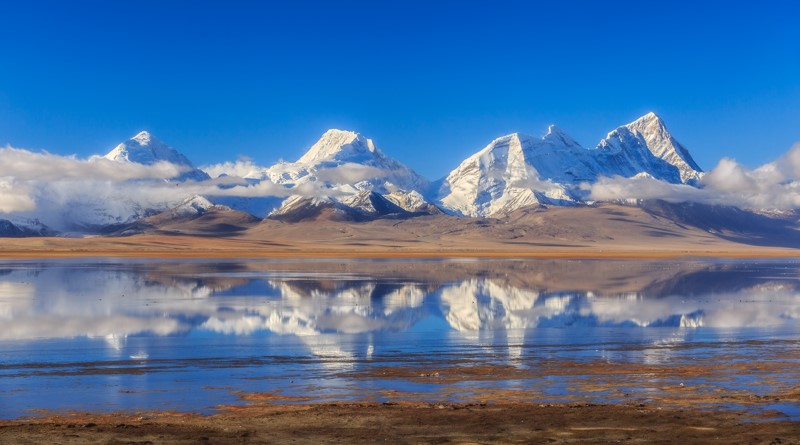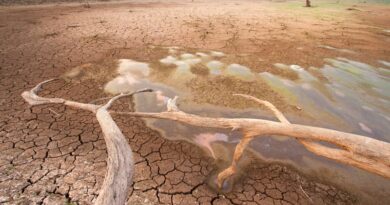Almost all the world’s glaciers melting rapidly, contributing to rising sea levels

Almost all the world’s glaciers are becoming thinner and losing mass. The annual rates of glacier thinning have nearly doubled in the past 20 years, one of the most comprehensive and accurate of its kind to date analysis has found.
An international research team, using data collected from NASA’s Terra satellite and achieved coverage of over 97 per cent of all glaciers, has found that these changes are picking up pace.
Worringly, the glacier melt is contributing to rising sea levels.
The rate of ice melt is believed to be the second largest contributor to sea-level rise in the 21st Century and is greater than that of either Greenland or Antarctic ice sheets.
Glaciers are a sensitive indicator of climate change — and one that can be easily observed. Regardless of altitude or latitude, glaciers have been melting at a high rate since the mid-20th century.
Until now, the full extent of ice loss has only been partially measured and understood.
Now, the team led by ETH Zurich and the University of Toulouse carried out a comprehensive study on global glacier retreat. This is the first study to include all the world’s glaciers, around 220,000 in total, excluding the Greenland and Antarctic ice sheets.
The study’s spatial and temporal resolution is unprecedented — and shows how rapidly glaciers have lost thickness and mass over the past two decades.
What was once permanent ice has declined in volume almost everywhere around the globe. Between 2000 and 2019, the world’s glaciers lost a total of 267 gigatonnes (billion tonnes) of ice per year on average — an amount that could have submerged the entire surface area of Switzerland under six metres of water every year, the study found.
The loss of glacial mass also accelerated sharply during this period. Between 2000 and 2004, glaciers lost 227 gigatonnes of ice per year, but between 2015 and 2019, the lost mass amounted to 298 gigatonnes annually.
Glacial melt caused up to 21 per cent of the observed rise in sea levels during this period — some 0.74 millimetres a year. Nearly half of the rise in sea levels is attributable to the thermal expansion of water as it heats up, with meltwaters from the Greenland and Antarctic ice sheets and changes in terrestrial water storage accounting for the remaining third.
Among the fastest melting glaciers are those in Alaska, Iceland and the Alps. The situation is also having a profound effect on mountain glaciers in the Pamir mountains, the Hindu Kush and the Himalayas.
“The situation in the Himalayas is particularly worrying,” explains Romain Hugonnet, lead author of the study and researcher at ETH Zurich and the University of Toulouse.
“During the dry season, glacial meltwater is an important source that feeds major waterways such as the Ganges, Brahmaputra and Indus rivers. Right now, this increased melting acts as a buffer for people living in the region, but if Himalayan glacier shrinkage keeps accelerating, populous countries like India and Bangladesh could face water or food shortages in a few decades.”
The findings of this study can improve hydrological models and be used to make more accurate predictions on a global and local scales — for instance, to estimate how much Himalayan glacier meltwater one can anticipate over the next few decades, an official statement said.



